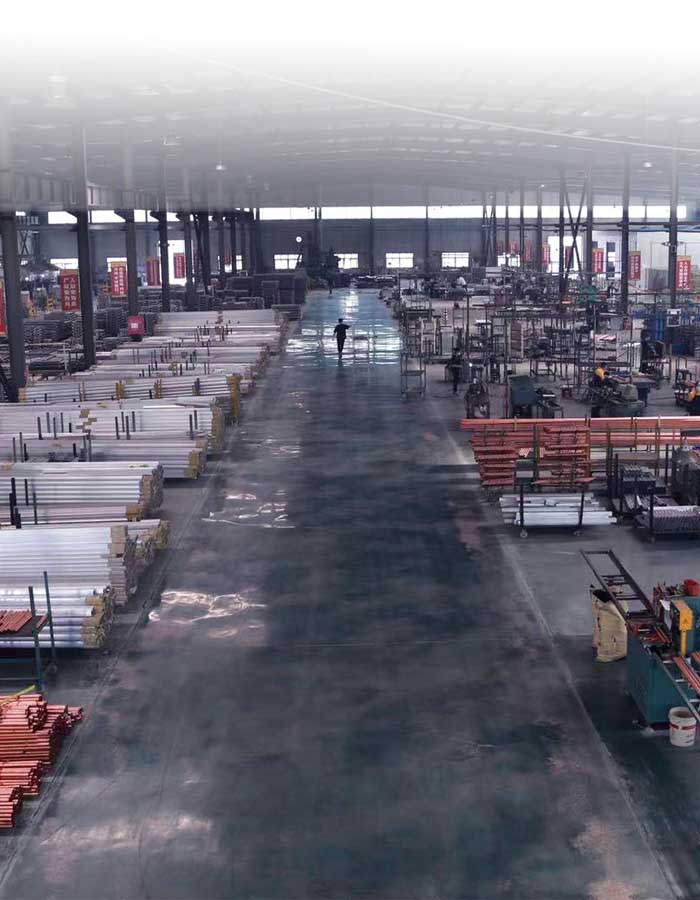The Significance of Column Radiator Packaging in Long Sea Shipments: Ensuring Customer Satisfaction from Factory to Delivery
Click:257 / Publish:2023-06-11 16:21
In today's globalized world, international trade plays a pivotal role in connecting manufacturers with customers worldwide. However, when it comes to long sea shipments, it is crucial for manufacturers to pay meticulous attention to the packaging of their products to ensure safe transportation and customer satisfaction. This article explores the importance of column radiator packaging throughout the journey from factory to customer, highlighting the key factors that contribute to successful sea shipments.
Protecting Against Physical Damage:
The primary purpose of packaging column radiators for long sea shipments is to safeguard them against physical damage. The journey involves various handling processes, including loading, unloading, and potentially rough sea conditions. Robust packaging materials, such as durable cardboard, foam inserts, or customized crates, act as a protective barrier against impacts, vibrations, and potential accidents during transit. Properly packaged column radiators reduce the risk of dents, scratches, or other forms of damage that could compromise the functionality and aesthetics of the product.
Ensuring Moisture and Corrosion Resistance:
Another crucial aspect of column radiator packaging for sea shipments is protecting the products from moisture and corrosion. Sea voyages are often accompanied by high humidity levels, saltwater exposure, and temperature fluctuations, which can be detrimental to metal-based products like radiators. Effective packaging solutions incorporate moisture-resistant barriers, such as plastic wrap or specialized coatings, to prevent water penetration. Additionally, desiccants or anti-corrosion agents can be included to mitigate the risk of rust or corrosion, maintaining the radiators' integrity and prolonging their lifespan.
Securing Structural Integrity:
Maintaining the structural integrity of column radiators during long sea shipments is essential to avoid deformation or misalignment that may impact their performance. Packaging should be designed to secure the individual sections of the radiators, preventing any movement or shifting that could compromise their shape. This can be achieved by using foam inserts, separators, or straps within the packaging to keep the components in place. By ensuring that the radiators arrive in the same condition as when they left the factory, manufacturers can uphold their reputation for delivering high-quality products.
Facilitating Easy Handling and Installation:
Well-designed column radiator packaging not only protects the products but also facilitates easy handling and installation for the end customer. Clear labeling and instructions on the packaging can guide the customers and installers through the unboxing and assembly process, reducing the risk of mishandling or errors. Moreover, packaging that is thoughtfully designed to minimize weight and volume can simplify logistics and reduce transportation costs, making it more economical for manufacturers and customers alike.
Enhancing Brand Image and Customer Satisfaction:
The packaging of column radiators during long sea shipments serves as an extension of a manufacturer's brand. By investing in high-quality packaging solutions, manufacturers can create a positive impression on customers, reinforcing their commitment to delivering reliable products. When customers receive well-packaged radiators that are undamaged and ready for installation, it enhances their satisfaction and confidence in the brand, potentially leading to repeat business and positive referrals.
Conclusion:
In the context of long sea shipments, the packaging of column radiators holds immense importance. Robust packaging protects radiators from physical damage, moisture, and corrosion during transit, ensuring their structural integrity and functionality upon arrival. Well-designed packaging facilitates easy handling and installation, enhancing the customer experience. By prioritizing column radiator packaging, manufacturers can safeguard their products and leave a lasting impression on customers, ultimately contributing to customer satisfaction, brand loyalty, and business growth.



